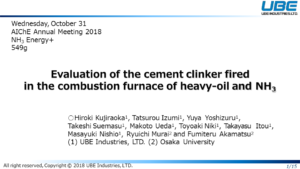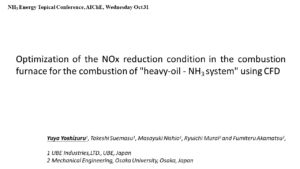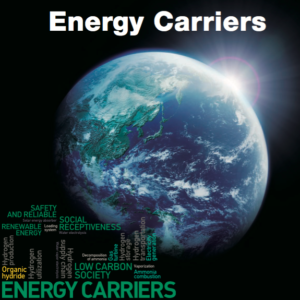Welcome to the Ammonia Wrap: a summary of all the latest announcements, news items and publications about ammonia energy. This week: new Japanese developments, new AiP for ammonia-fueled vessel, Singapore bunkering study, new ammonia from wastewater initiative, Fortescue brings carbon neutrality goals forward to 2030, Australian project updates for Hazer and H2U, and H2Pro updates from Israel.
Content Related to UBE Industries
Green Ammonia Consortium: A Force for Ammonia Energy
Japan’s Green Ammonia Consortium, an industry body dedicated to building “a value chain from supply to use of CO2-free ammonia,” launched its Web site on December 5. The site features plenty of interesting content, but most significant may be the roster of members. Eighty seven companies, public organizations, and individuals are listed. Taken together they represent a significant force for ammonia energy implementation in Japan and beyond.
Evaluation of the Cement Clinker Fired in the Combustion Furnace of Heavy-Oil and NH3
Experimental and Computational Study for Reduction of NOx Emissions in the Ammonia / Methane Co-Combustion in a 10 KW Furnace
Optimization of the NOx Reduction Condition in the Combustion Furnace for the Combustion of "Heavy-Oil - NH3 System" Using CFD
Simulation Analysis of NH3 Mixed Combustion in Clinker Manufacturing Process
Green Ammonia Consortium: Bright Prospects in Japan for Ammonia as an Energy Carrier
In the last 12 months ... In July 2017, 19 companies and three research institutions came together to form the Green Ammonia Consortium. Before this development, it was unclear whether ammonia would find a significant role in Japan’s hydrogen economy. In the wake of this announcement, however, ammonia seems to have claimed the leading position in the race among potential energy carriers.




